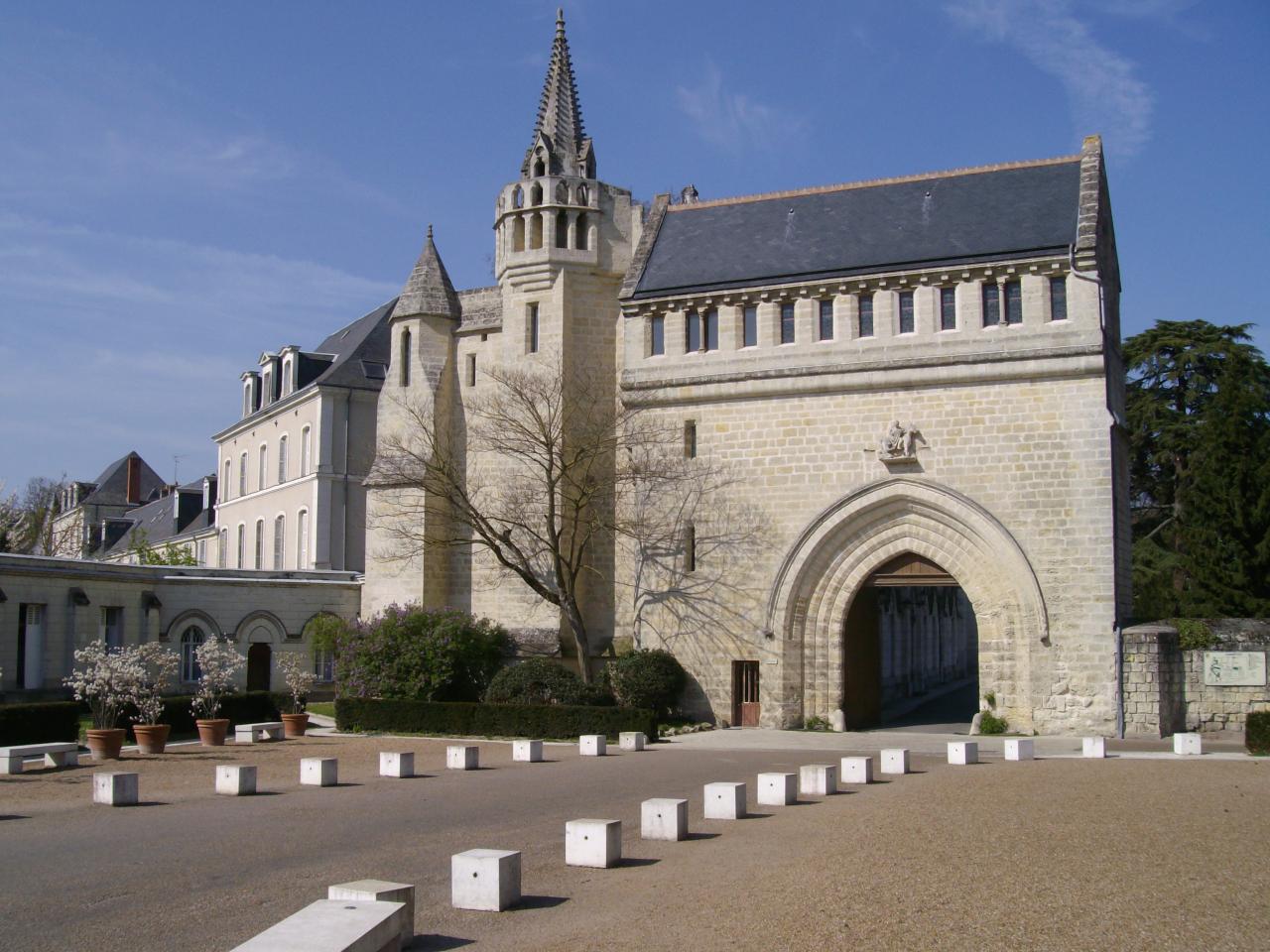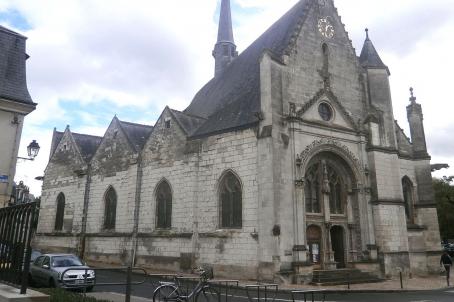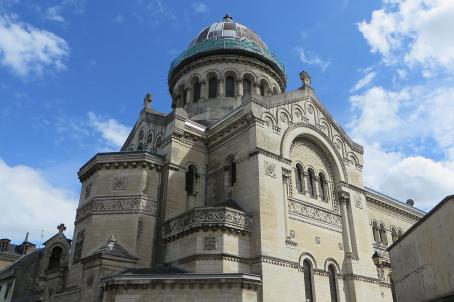Marmoutier Abbey
Marmoutier Abbey is a former Benedictine abbey supposedly founded by Martin de Tours in 372. The abbey has known a golden age during the Middle Ages, but after centuries of decline, it was dismembered during the French Revolution. The part of the site housing the remains of the former abbey was bought by the city of Tours in 1981 and archaeological excavations have been underway since 2004.





